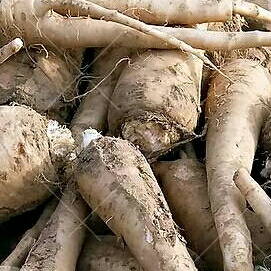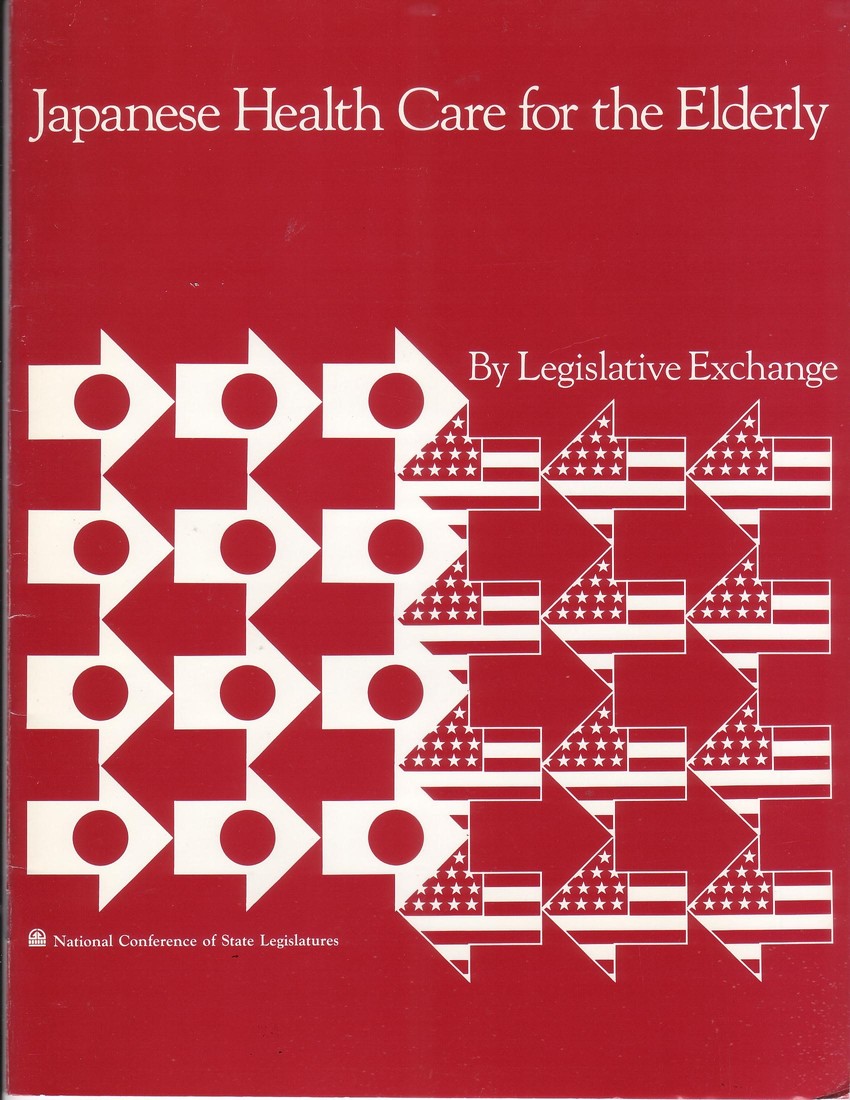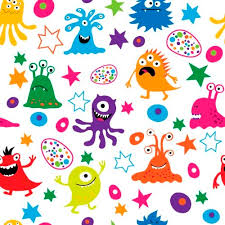How Does Ultraviolet Light Influence Our Gut Microbiome?
10月
28日
Their research found that Vitamin D deficiency has shown to promote an inflammatory environment which leads to dysbiosis, an imbalance in the gut microbiome. By exposing the skin to Narrow Band Ultraviolet B (NB-UVB) light to increase vitamin D levels, the makeup of the human intestinal microbiota improves. Studies support the concept that UVB light is beneficial to health, beyond its ability to promote cutaneous vitamin D production. This report found significant effect on the microbiota composition after repeated exposures, specifically for subjects that were not taking vitamin D supplements. Keystone species such as Lachnospiraceae, Ruminococcus, and Clostridiaeae strains were notably affected. (See UBC report, https://www.frontiersin.org/articles/10.3389/fmicb.2019.02410/full )












